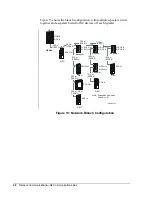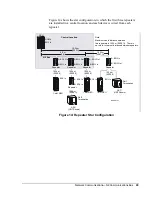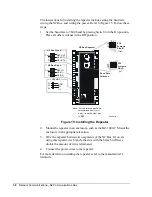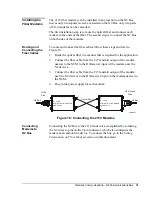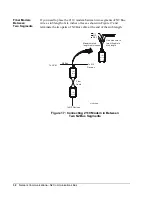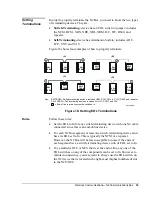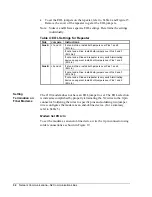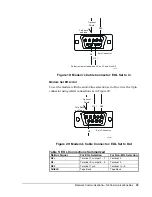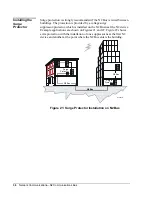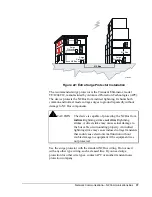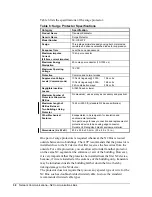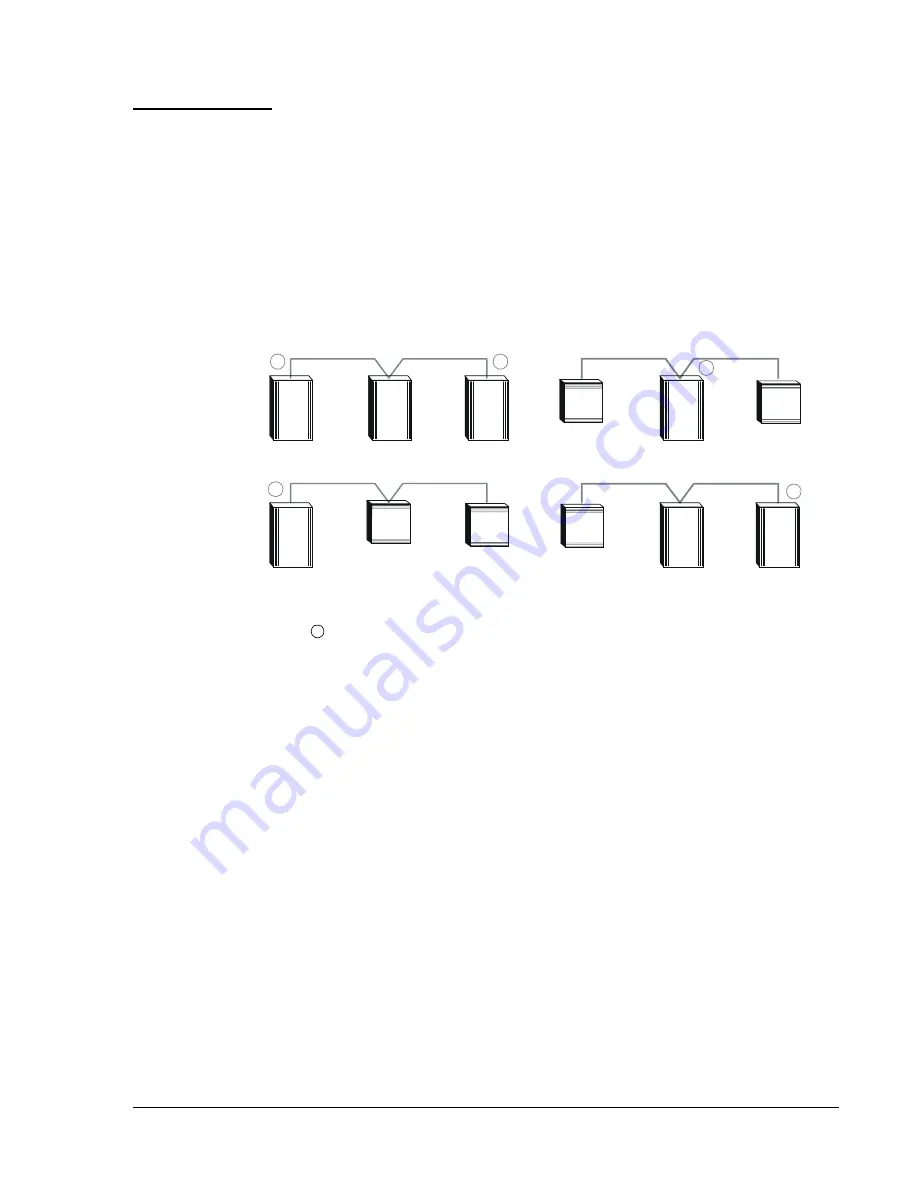
Network Communications—N2 Communications Bus
33
In order to properly terminate the N2 Bus, you need to know the two types
of terminating devices. They are:
•
Switch-Terminating
--device has an EOL switch or jumper; includes
the NCM, DCM, XBN, XRE, XRL, XRM, ILC, IFC, D600, and
repeater.
•
Self-Terminating
--device has termination built-in; includes AHU,
LCP, UNT, and VAV.
Figure 18 shows four examples of how to properly terminate.
Key:
T
T
T
T
T
(A)
(B)
(C)
(D)
SW
TERM
SW
TERM
SW
TERM
SW
TERM
SELF
TERM
SELF
TERM
SELF
TERM
SW
TERM
SW
TERM
SELF
TERM
SW
TERM
SELF
TERM
SW TERM = Switch-terminating devices. Includes NCM, DCM, XMs, ILC, IFC, D600, and repeater.
SELF TERM = Self-terminating devices. Includes AHU, LCP, UNT, and VAV.
T = End-of-line termination must be switched in.
EOLTERMS
Figure 18: Setting EOL Terminations
Follow these rules:
•
Set the EOL to In for any switch-terminating device with one N2 cable
connected, since this is an end-of-line device.
•
For each N2 Bus segment, at least one switch-terminating device must
have its EOL set to In. This is typically the NCM or a repeater.
However, the N2 Bus will be less susceptible to noise if the ends of
each segment have a switch-terminating device with its EOL set to In.
•
For a multislot NCU or NEU that is at the end of line, any one of the
EOL switches on any of the components can be set to In. However, to
maintain consistency, you may want to always use the EOL switch on
the N2 device that is located in the right-most (highest numbered) slot
in the NCU/NEU.
Setting
Terminations
Rules










